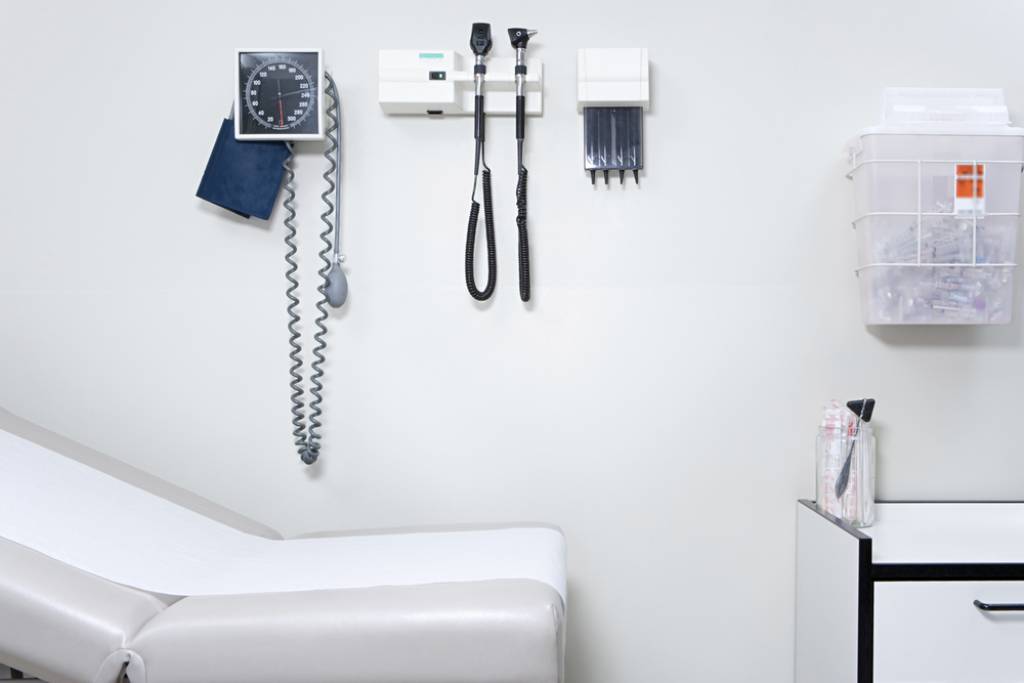Creating a Comfortable and Efficient Exam Room Layout
Comfortable, efficient exam room layouts are at the heart of a streamlined healthcare experience.
Whether it's a patient seeking care or a healthcare provider delivering it, exam room design can significantly impact their experience. It can put patients at ease, empower staff to work more efficiently, and overall improve your practice's bottom line.
Of course, striking the balance between comfort and efficiency is easier said than done. Join us as we explore the importance of medical exam room design and how you can optimize your medical facility.
Understanding the Role of Medical Exam Room Layouts
In the healthcare industry, time is of the essence. Medical professionals need to deliver care effectively and promptly. At the same time, patients deserve privacy, comfort, and the assurance that their personal information remains secure.
This is why exam room layouts are extremely important.
First and foremost, exam room layouts can make or break the patient experience. This means providing comfortable, accessible exam room furniture. Health Facilities Management Magazine also emphasizes the importance of creating welcoming waiting areas and even going as far as optimizing parking lot design for patients and staff.
Medical office design also impacts the efficiency of healthcare providers. With a streamlined layout, your staff can stay organized and have easy access to the medical equipment and information they need to provide effective, efficient services.
Finally, the design of examination rooms also contributes to compliance. Certain medical exam room requirements must be followed to ensure care is accessible and secure. For example, this includes compliance with the Americans with Disabilities Act (or utilizing electronic health records to safely store and share patient information).
Investing in efficient exam room layouts can benefit every facet of your practice, allowing you to treat more patients effectively throughout the day, which ultimately improves your bottom line.
Key Components of an Efficient Exam Room
While there are many components of exam room design, the experts at Midmark narrow it down to five distinct factors:
- Patient Satisfaction
- Ergonomics
- Vital Signs Acquisition
- Equipment
- Exam Room Configuration
Let's take a closer look at each of these components in more detail.

Patient Satisfaction
Patient satisfaction is a main focal point of the healthcare industry. Exam room design is one such touchpoint that can affect their experience. Ensure treatment rooms are clean, comfortable, and accessible for all.
Invest in comfortable, durable exam tables and pay attention to additional furniture and seating arrangements that can make a space inviting without feeling crowded.
Ergonomics
In this instance, ergonomics refers to providing a level of comfort and safety for staff and patients. Midmark emphasizes that simple comfort considerations in design and equipment can help physicians conduct a more thorough and accurate exam while also putting patients at ease.
Exam room layout and equipment go hand in hand to enhance ergonomics.
Vital Signs Acquisition
A vital signs assessment (taking blood pressure, etc.) is a standard part of nearly any patient-provider interaction. Savvy exam room layouts provide an opportunity to streamline this process. Ensure a vital signs monitor is easily accessible in the room and automatically connected to the EHR system.
Equipment
Of course, the equipment you choose goes a long way to improve medical room design. In addition to investing in high-quality equipment, you should also consider its design. Added storage, for example, is perfect for easy access to tools or cleaning products.
Then, consider the placement. There are always optimal locations for large furniture and diagnostic tools that improve accessibility and streamline visits.
Exam Room Configuration
Last, but certainly not least, is the exam room layout itself. Midmark recommends embracing a patient-centered approach that designs the clinical work environment around the patient. Design for comfort and privacy, always keeping the patient in mind for every decision you make.
At the same time, the right configuration can also enhance healthcare provider efficiency. From basic considerations such as room entry to integrating EHR systems, these can all make patient visits more productive.
Patient-Centered Exam Room Layouts from ExamTablesDirect
As you can see, exam room layouts rely on a variety of factors, including furniture and seating arrangements, storage solutions, medical equipment, and more.
When designing a productive medical exam room, it's essential to always keep your patients at the top of your mind. ExamTablesDirect carries full exam room packages for an easy one-stop shop for efficient exam rooms designed for patient-centered care. Instantly create a welcoming, streamlined space with one of our options.
Shop complete exam room packages from ExamTablesDirect today!
Recent Posts
-
How to Optimize Your Physical Therapy Room Layout with Enough Tables
TL;DR: Optimizing Your Physical Therapy Room Layout Main Points: Balance efficient patient care wi …28th Apr 2025 -
5 Advantages of Blood Drawing Chairs
TL;DR: Blood drawing chairs enhance patient care by improving comfort, safety, and accessibility dur …23rd Apr 2025 -
How to Set Up a Podiatry Clinic: What Equipment You Need
TL;DR: Setting up a podiatry clinic requires careful planning, from designing an accessible, comfort …11th Mar 2025




